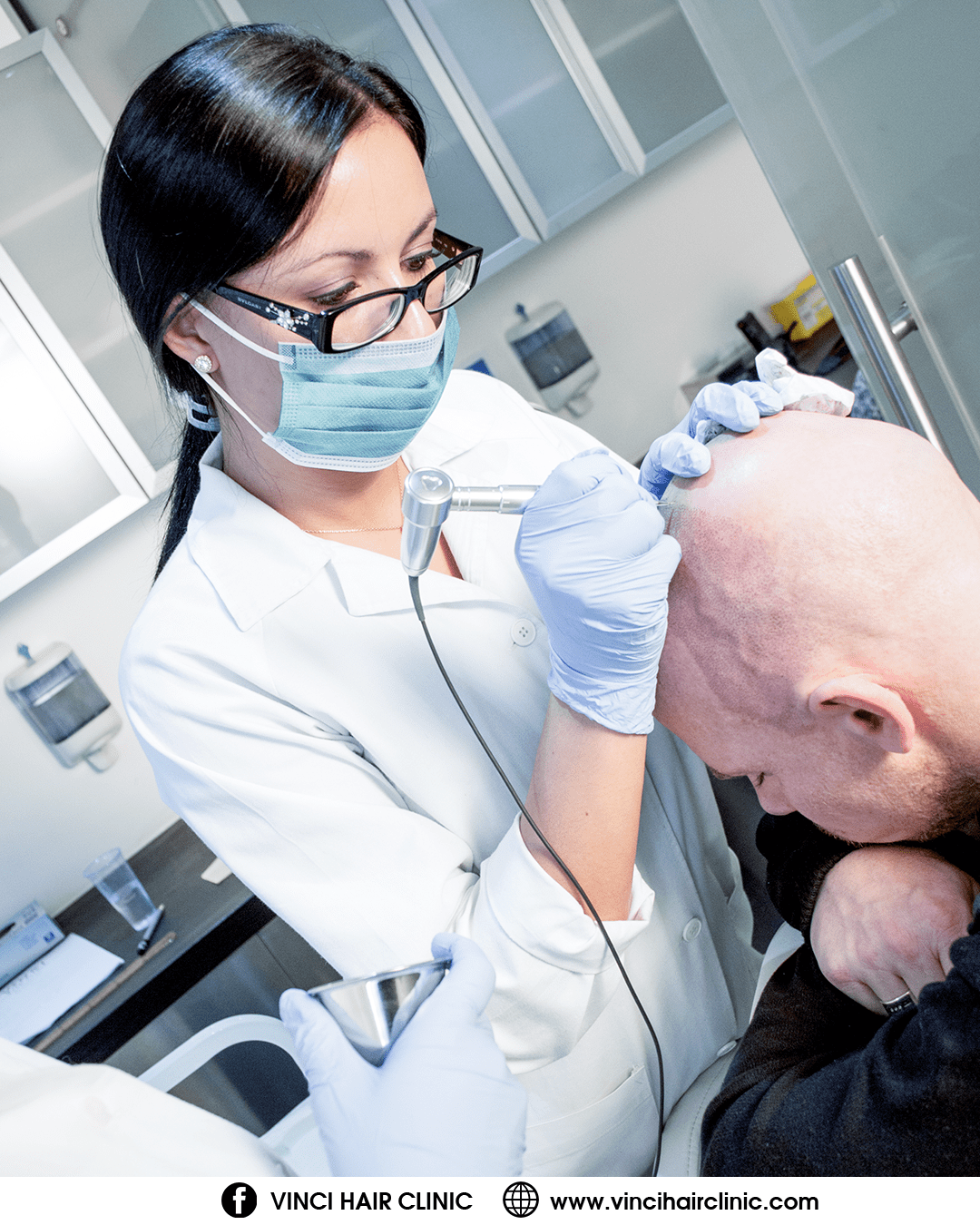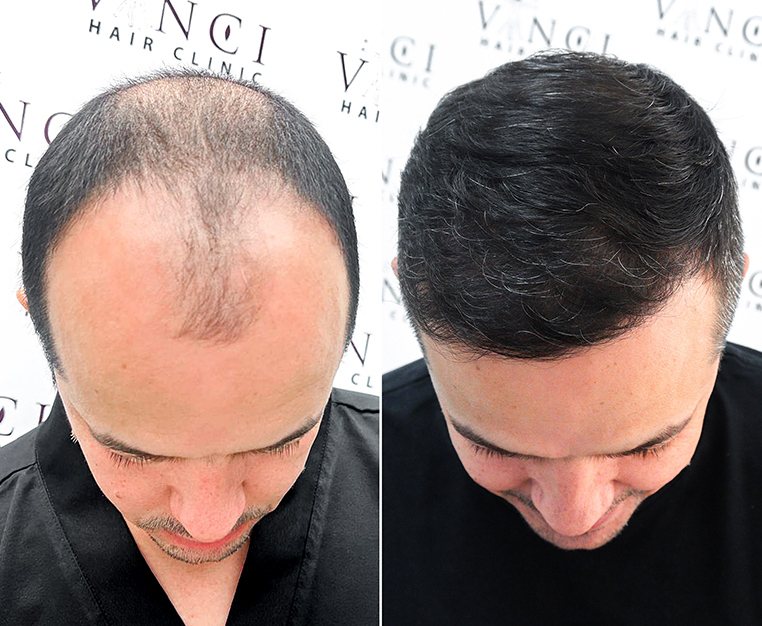Traction alopecia occurs when repeatedly wearing tight styles—like braids, buns, or ponytails—places constant stress on the hair roots. Over time, this tension inflames the follicles, which can eventually scar and stop producing hair.
What Is Traction Alopecia?
Traction alopecia is a form of hair loss caused by ongoing pulling on the scalp. It develops gradually, beginning with inflammation and progressing to permanent hair loss if styling habits remain unchanged.
Why Common Styles Can Backfire
Popular hairstyles such as cornrows, sleek braids, tight ponytails, and buns may be fashionable, but wearing them too often can lead to long-term damage. These styles place repeated tension on the same areas of the scalp—especially around the hairline—causing follicles to weaken.
Extensions and weaves, though useful for adding volume and length, can compound the issue by adding extra weight, especially when attached tightly. When combined with heat tools or chemical treatments, the hair becomes even more vulnerable to breakage.
Without breaks or protective styles, this cycle of tension and over-manipulation gradually erodes your hair’s natural resilience, often leading to irreversible damage. Many women later connect their hair loss to styling habits that once seemed harmless or routine.
Spotting the Early Warning Signs
Early indicators of traction alopecia include scalp itching, redness, or small bumps near the hairline. If you notice hairs snapping off or appearing shorter at the edges, it’s a sign your follicles are under strain. Recognising these symptoms early gives you the best chance of reversing the damage.
Protective Steps You Can Take Today
- Loosen your style. Opt for looser hairstyles or wear your hair down whenever possible.
- Nourish from within. A diet rich in protein, iron, and vitamin D supports healthy follicle function.
- Reduce harsh treatments. Minimise heat styling and avoid tight rollers or chemical relaxers.
- Use targeted treatments. Minoxidil (Rogaine) and natural oils like rosemary or peppermint may help stimulate regrowth by boosting scalp circulation over a period of three to six months.
When It’s Time to Consider a Transplant
If hair thinning or bald spots persist despite lifestyle changes and topical treatments, a more permanent solution may be necessary. In advanced cases, follicles may be scarred and inactive, meaning no amount of oils or restyling can revive them.
That’s when Follicular Unit Extraction (FUE) becomes a viable option. This minimally invasive procedure transfers healthy follicles from denser areas of your scalp to thinning spots, resulting in natural-looking, long-term regrowth. When performed by specialists who understand female hairlines, the results can be transformative.
At Vinci Hair Clinic, our women’s hair experts offer advanced FUE techniques with personalised care—helping clients restore not just their hair, but their confidence.
Book your consultation today to find out how we can help you reclaim a fuller, healthier hairline.


